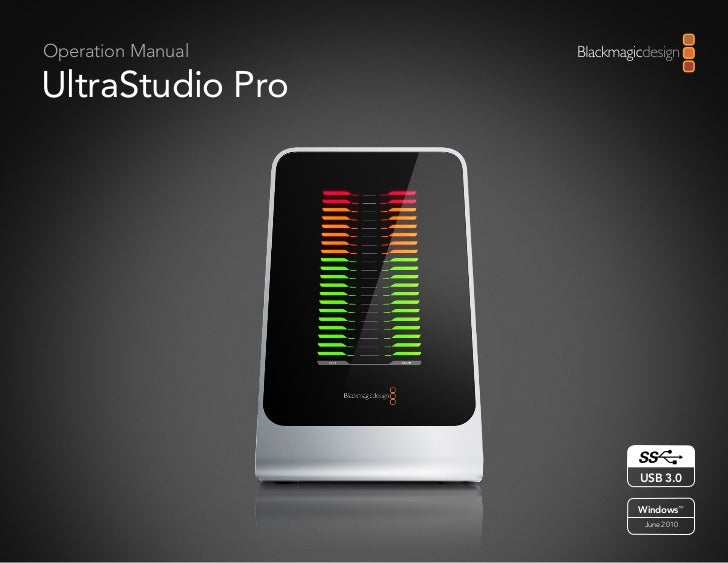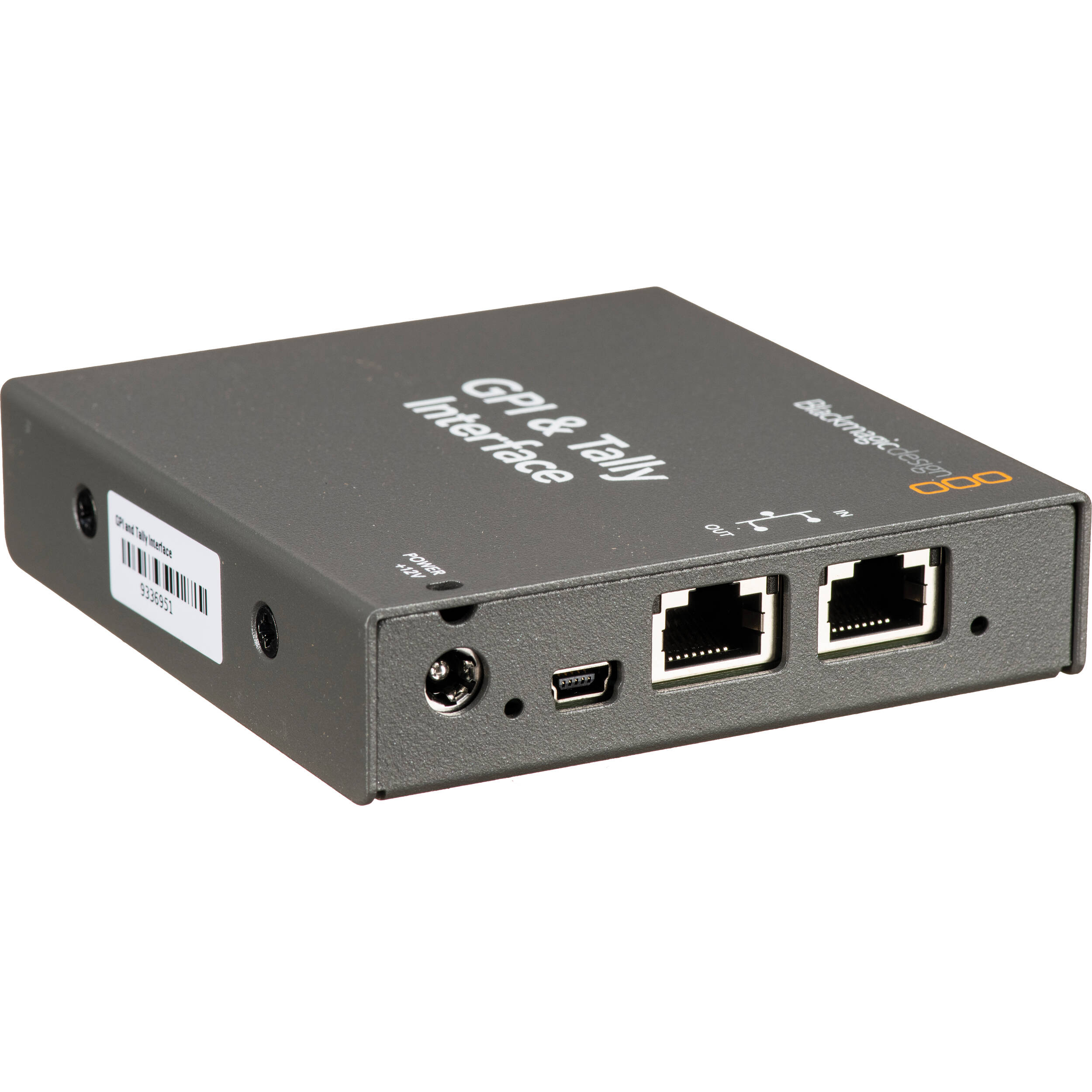Download Blackmagic Teranex - A set of powerful utilities that are needed to control and get the most out of your Blackmagic Design Desktop Video hardware device.
- Blackmagic Video Assist is a utility that updates your Video Assist device to the latest software release for new features, bug fixes and other enhancements. The ‘configure’ settings display the version of the internal software currently installed on your Video Assist, and lets you change the device name.
- Download blackmagic fusion 7.7.exe for free. Photo & Graphics tools downloads - Blackmagic Fusion by Blackmagic Design and many more programs are available for instant and free download.
Copyright © 2021 Userful Corporation. All rights reserved.
(Updated 2021.02.09)
To return to the main documentation page, Click Here.
Note: This page has been updated in our new Support Portal - try it here! |
- 1Introduction
- 1.2Step 2: Configure Blackmagic Desktop Video Setup
- 1.5Step 5: Configuring External Devices
- 1.6Step 6: Create Blackmagic DeckLink Capture Source
Introduction
This document walks you through the installation instructions for configuring hardware settings for Blackmagic Capture Cards and how to use them with Userful™ software.
| Note: Steps 1 through 4 below are already completed if your system is purchased and shipped by Userful. |
Step 1: Configure Blackmagic Firmware Updater
The 'Blackmagic Firmware Updater' enables the users to update the firmware of the connected capture cards.
- Log in to Linux Desktop.
- Go to Applications > Sound & Video > Blackmagic Firmware Updater.
- Update Blackmagic Software, if it is not up-to-date.
- Restart Userful host.
Step 2: Configure Blackmagic Desktop Video Setup
The 'Desktop Video Setup' home page displays all the connected capture cards. If you are sending a video signal to your input, it will be automatically detected and the format will be displayed under the VIDEO INPUT icon.
If there are multiple Capture Cards connected, you can cycle through them by clicking the arrow buttons on the sides of the home page and select the appropriate capture card port whose settings you wish to configure.
- Log in to Linux Desktop.
- Go to Applications > Sound & Video > Blackmagic Desktop Video Setup.
- Click on the hardware image, or the settings icon located below the hardware name.
- Once configured follow the below mentioned steps depending on the type of capture card used:
- (DeckLink Mini Recorder, Duo 2 and Quad 2 are considered as examples to quote these steps).

Blackmagic DeckLink Mini Recorder
- Select the Video Input; SDI or HDMI under Video tab depending on the captured external device, as shown in the image to the right.
- Click on Save button to proceed.
Blackmagic DeckLink Duo 2
- Go to Connector Mapping > Connector, under Video tab. It should show SDI 1 & SDI 2 by default, change this to SDI 1 and click Save button as shown in the image to the right.
- Repeat the same steps for the remaining ports i.e., changing the Connector to the individual SDI port number and clicking the Save button.
- Decklink Duo (2) - Change to SDI 3
- Decklink Duo (3) - Change to SDI 2
- Decklink Duo (4) - Change to SDI 4
- Once saved all 4 ports on the capture card can be individually used for input.
Blackmagic DeckLink Quad 2
- Go to Connector Mapping > Connector, under Video tab. It should show SDI 1 & SDI 2 by default as shown in the image to the right, change this to SDI 1.
- Repeat the same process for the remaining ports, i.e., changing the Connector to the individual SDI port number and clicking the Save button.
- Decklink Quad (2) - Change to SDI 3
- Decklink Quad (3) - Change to SDI 5
- Decklink Quad (4) - Change to SDI 7
- Ports 5,6,7,8 will show None by default and can be changed to its individual SDI port number:
- Decklink Quad (5) - Change to SDI 2
- Decklink Quad (6) - Change to SDI 4
- Decklink Quad (7) - Change to SDI 6
- Decklink Quad (8) - Change to SDI 8
- Simultaneously click on Save button after every change.
- Once saved all 8 ports on the capture card can be individually used for input.
For detailed instructions on configuring Blackmagic capture cards please visit Installation and Operational Manual.
Step 3: Configure Blackmagic Converters Setup
(Blackmagic Micro Converter HDMI to SDI is considered as an example to quote the steps).
You can use Micro Converter HDMI to SDI to convert HDMI outputs (from devices such as laptops, smartphones, tablets etc.) to SDI. This means you can send video signals from HDMI over SDI using the longest SDI cables.
- Download Blackmagic Converters Setup (Choose Blackmagic Converters 7.0.9 Update or latest if any available)
- Install the setup on Windows or Mac OS computer.
- Attach a 'USB to Micro USB' cable from computer to the micro converter.
- Launch Blackmagic Converters Setup.
- The home page displays all the connected converters. If there are multiple converters connected, you can cycle through them by clicking the arrow buttons on the sides of the home page and select the appropriate converter whose settings you wish to configure.
- Update the converter if you are prompted to do so.
- Click on the 'settings' icon.
- Change 3G Output from Level B to Level A.
- Click on the Save button and close the setup.
For detailed instructions on configuring Micro Converters please visit Blackmagic Converters Manual.
| Note: If your output source is SDI, Micro Converters are not necessary. |
Step 4: Ensure that Blackmagic capture card ports are correctly configured
- The image shows a system with multiple capture cards but the port numbers are shown assuming PC has only one capture card.
- If you have more than one capture card, the port number will be incremented following the series pattern given below.
- e.g., If the system has two Blackmagic DeckLink Quad 2 capture cards installed
- First card's port number: 1-5-2-6-3-7-4-8
- Second card's port number: 9-13-10-14-11-15-12-16
| Note: Please do not use Reference Input port (i.e., crossed port as shown in the image to the right) for any kind of connection. |
Step 5: Configuring External Devices
There are certain settings that need to be configured on the external devices to be captured.
If the captured device is:
PCs/Laptops
- Open the respective control panel on the external device to be captured; related to your graphics card. In window this is Nvidia Control Panel for Nvidia, Intel Graphics Control Panel for Intel onboard graphics or Catalyst for AMD onboard and discrete graphics.
- Navigate to the Resolution and Color Settings to make sure these are correct.
- For 1080p capture, make sure the resolution is set to 1080p and not 1080i.
- For 4K capture, you MUST set the Output Color Format (sometimes referred as Output Color Space) to YCbCr444/422/420 for the best image quality.
Other Devices
- For all devices other than PCs please see the respective documentation on setting Resolution and Color Space for that device (e.g., PS4/Xbox One, TV cable box, Apple TV/Android equivalent etc.)
| Note: Directly connected HDCP encrypted content will not play. For more details, visit FAQs page. |
Step 6: Create Blackmagic DeckLink Capture Source
The Blackmagic DeckLink Capture source casts output from any compatible playback device (e.g. PC, Mac, smartphone, tablet, gaming console, etc.) on a display or a video wall.
Follow the below mentioned steps under Userful Control Center:
Mapping: Creating Blackmagic DeckLink Capture Source
Mapping allows you to bind a specific display or video wall to the Blackmagic DeckLink Capture source. To create this source:
- Click on Mapping > New Source button. From the drop-down menu select Blackmagic DeckLink Capture as the source type and give a name.
- Select the Input device from the drop-down menu.
- Select the Mode from the drop-down list (output resolution and frames per second).
- Select the connection type from the drop-down menu.
- Select a scaling option.
- Enable sound only if it is required.

- Enter the number of pixels to be cropped from left, right, top and bottom of the captured external device.
- Click 'OK' to complete the process.
Map Displays to the Blackmagic DeckLink Source
Once source is created, displays or video wall can be 'mapped' or assigned by simply dragging-and-dropping the display and video wall icons to the source. To change the source configuration (e.g., to change the input) click on the source name to open the 'Edit Source' window and make the changes.
Changes will not take effect until the 'Apply' button is clicked.
The content of your captured external device will play on the display or video wall mapped to this source.
| Note:Only one display or video wall can be mapped to a single blackmagic capture source (i.e., single blackmagic capture card input) at a time, to play the same content on multiple displays/video walls use Mirror Group Configuration. |
Troubleshooting Tips
For detailed instructions on common problems encountered while using capture cards, please visit Troubleshooting Guide.
Related Links
Blackmagic Design News
Download Black Magic Design Mobile Phones & Portable Devices Drivers
